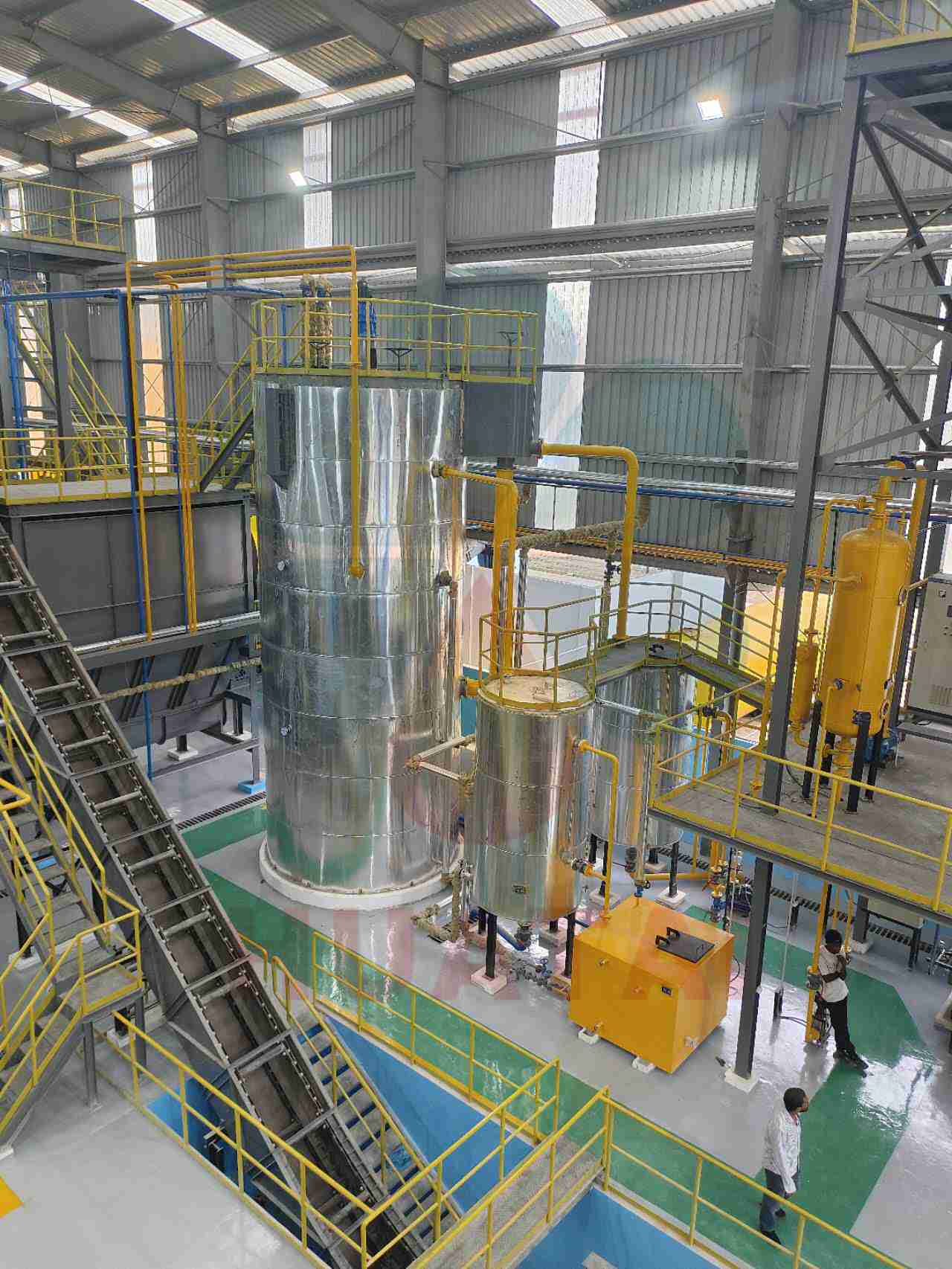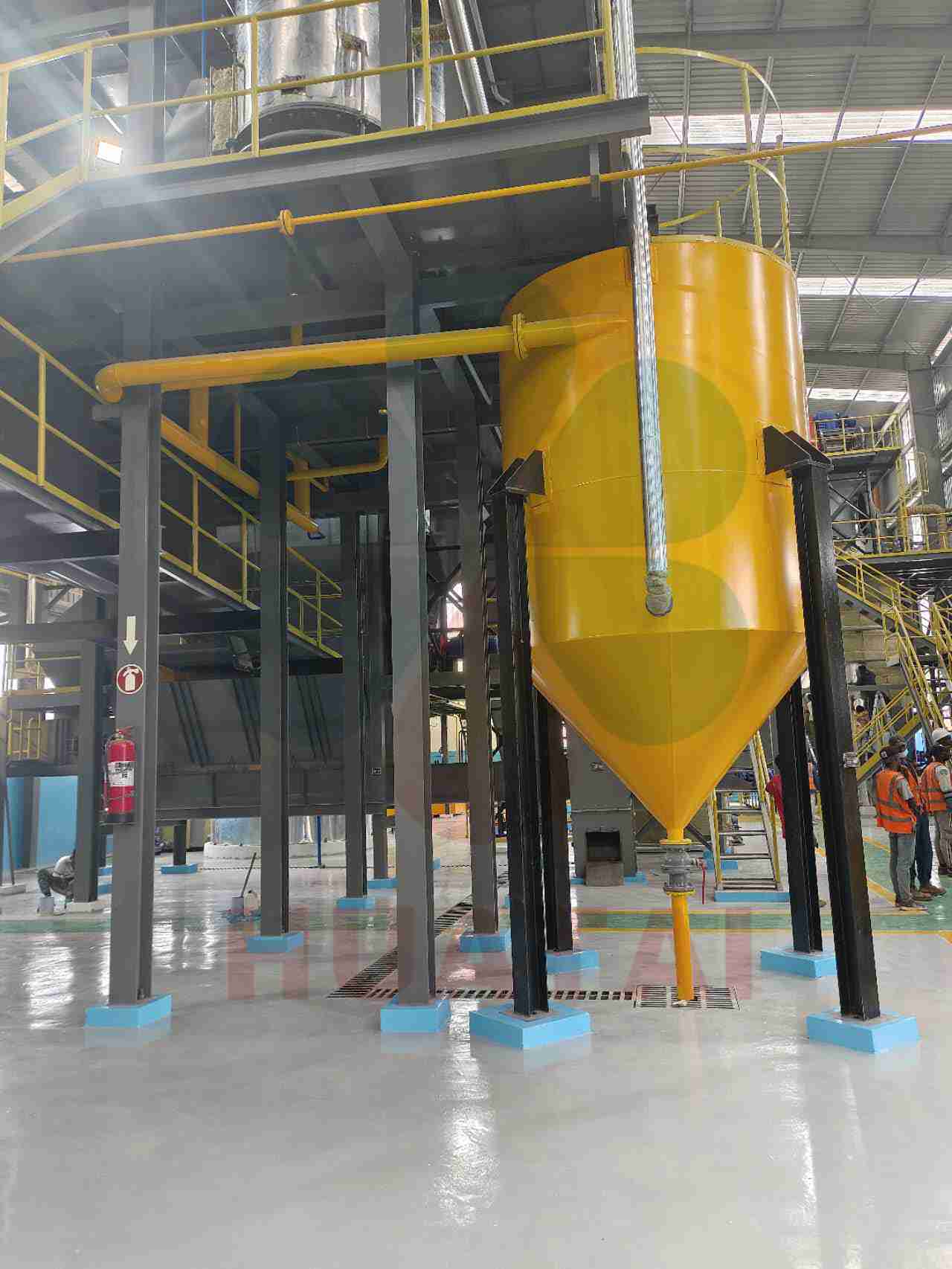Palm oil has become a widely used frying oil both domestically and internationally due to its light color, excellent thermal stability, resistance to polymerization, broad applicability, and cost-effectiveness. However, the presence of unsaturated fatty acids in palm oil, along with factors such as oxygen, water, and high temperatures, leads to a series of complex reactions including hydrolysis, oxidation, and thermal polymerization. These reactions alter the physicochemical properties of the oil, causing changes in color, viscosity, flavor, acid value, and peroxide value, and generating substances harmful to human health.
To ensure the quality of fried foods and human health, it is necessary to adopt reasonable measures to control the production of harmful substances during the thermal processing of palm oil, slow down its oxidation process, and extend its service life. Improving the stability of palm oil requires focusing on the refining process. Oil refining primarily aims to remove impurities from crude oil to meet the standards of finished oil.

For crude palm oil, common colloidal impurities such as phospholipids, proteins, viscous substances, and glycolipids can affect oil stability and interfere with specific stages of the refining process, leading to a decline in the quality of the final product. Therefore, palm oil refineries must pay close attention to the refining process. Palm oil refining is divided into physical refining and chemical refining, with processes including hydration degumming, alkali refining deacidification, bleaching, and high-temperature deodorization. The main difference between physical and chemical refining lies in the method of separating free fatty acids: in physical refining, deacidification occurs during deodorization, whereas in chemical refining, it takes place during alkali neutralization.
The crude oil is heated, and foam is removed through high-temperature stirring. Then, 0.1% to 0.2% phosphoric acid (by oil weight) is added and stirred for about 30 minutes.
A mixture of 0.5% liquid sodium silicate and 1.5% liquid caustic soda (by oil weight) is prepared and used for alkali refining.
After alkali neutralization, the mixture is heated to 50–52°C and stirred for about 10 minutes. Once the oil and soap are completely separated, stirring is stopped, and the mixture is left to settle for 6 hours to facilitate separation.

The separated oil is reheated and mixed with a 90°C saline-alkaline solution. After settling for 30 minutes, the wastewater is drained. Then, 15% boiling water (by oil weight) is added, and the process is repeated two or three times.
The neutralized and washed oil is transferred to a pre-bleaching tank under a vacuum of at least 99 kPa and cooled to 70°C. It is then filtered using a gear pump and a filter press.
Direct and indirect steam are used to remove colored impurities from the oil.
Investing in an oil refining project requires selecting the right oil machinery manufacturer. Huatai Oil Machinery, with its strong technical expertise, reliable quality, comprehensive service, and competitive pricing, welcomes customers to visit and inspect their facilities in Henan.
Huatai Oil Machinery provides good quality oil mill plant, time & fast delivery, perfect after-sale services, and reasonable price, contact us!
Website: https://www.huataioilmachine.com/Copyright @ Henan Huatai Cereals And Oils Machinery Co.,Ltd.
Contact us now